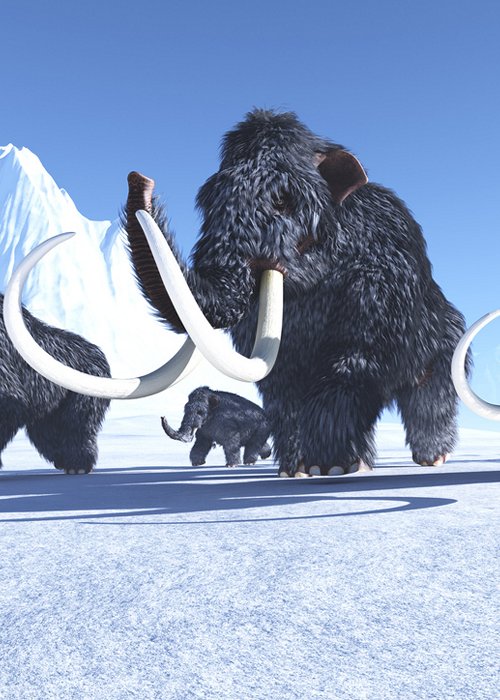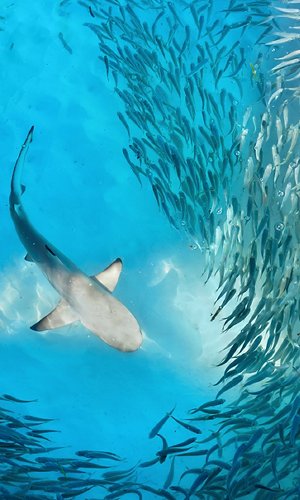An Australian company has prepared a meatball with reconstructed mammoth meat by cultivating the muscle cells of the great woolly elephant that became extinct 4,000 years ago. Synthetic meat is nothing new—substitutes for poultry, beef and pork are already being produced. This mammoth meat is a publicity stunt by a company that intends to reproduce the meat of some fifty less conventional animals, such as the kangaroo, alpaca, buffalo and crocodile. The choice fell on the mammoth because, according to the Australian team, it is a symbol of loss of biodiversity and climate change.
But is it real meat? To understand it, let us see how it is made. The Australians took the DNA sequence for mammoth myoglobin, a protein abundant in all 'red' muscles—steak muscles, to be precise. It is a key protein for giving meat its specific colour and flavour. The sequence was inserted into sheep muscle stem cells, myoblasts, which replicated in large numbers inside biological reactors similar to pots of hot broth. Having obtained a suitable cell mass, the team made the giant meatball presented under a glass bell at the NEMO Science Museum in Amsterdam.





